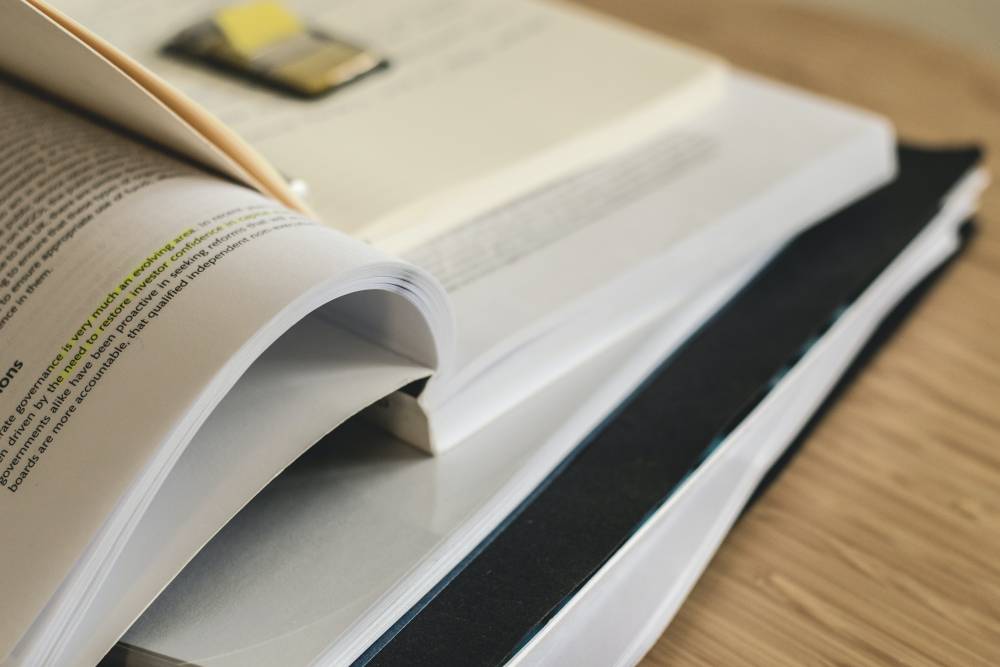Understanding the Scoring Structure for IB SL Math: A Comprehensive Overview

IB SL Math, or International Baccalaureate Standard Level Mathematics, is a challenging course designed to provide students with a strong foundation in mathematics. The scoring structure for IB SL Math is unique and can be confusing for students and parents alike. This essay will provide an overview of the scoring structure for IB SL Math, including how grades are calculated and what factors contribute to a student's final score.
IB SL Math is scored on a scale of 1-7, with 7 being the highest possible score. Students are assessed on their performance in two main areas: Internal Assessment (IA) and External Assessment. The IA is a project-based assessment that is completed over a period of time, and the External Assessment consists of two exams.
The IA is worth 20% of the final score, while the External Assessment is worth 80%. The IA is graded by the teacher and then moderated by the IB. The External Assessment consists of two exams: Paper 1 and Paper 2, each worth 40%. Both papers are two hours long and consist of a mix of short and extended response questions. Paper 1 is a non-calculator exam, while Paper 2 allows the use of a calculator.
In addition to the IA and External Assessment, students may also receive bonus points for completing the Theory of Knowledge (TOK) course and the Extended Essay (EE). These bonus points are added to the student's final score and can potentially raise a student's score by up to three points. However, it is important to note that bonus points are only awarded if the student earns a passing grade (minimum grade of D) in both TOK and EE.
To receive an IB SL Math score of 7, a student must perform exceptionally well in all areas of the course. This means scoring a high mark on the IA, as well as on both Paper 1 and Paper 2. Additionally, the student must receive bonus points from both TOK and EE. A score of 6 requires strong performance in all areas, while a score of 5 is considered a passing grade.
It is also worth noting that the IB uses a criterion-referenced grading system. This means that grades are not curved or based on the performance of other students, but rather based on a set of pre-determined criteria. These criteria are published by the IB and are used to assess student performance in each area of the course.
In conclusion, the scoring structure for IB SL Math is unique and can be challenging to navigate. The course is assessed on a scale of 1-7, with 7 being the highest possible score. Students are assessed on their performance in two main areas: the Internal Assessment and the External Assessment. Additionally, bonus points from TOK and EE can potentially raise a student's final score by up to three points. To receive a top score of 7, a student must perform exceptionally well in all areas of the course, while a score of 5 is considered a passing grade.


